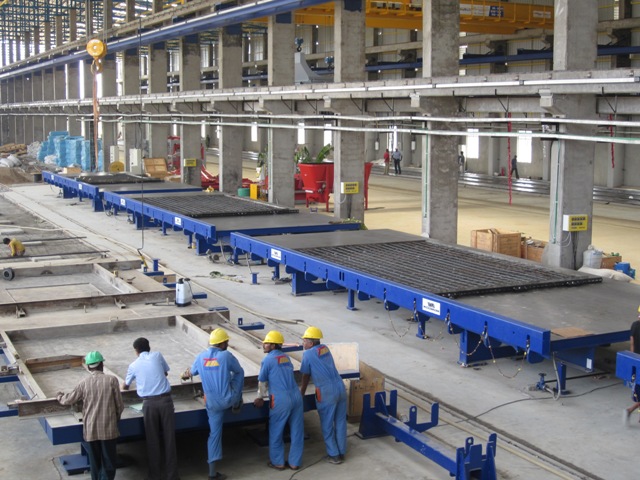The much awaited and anticipated revolution in the construction industry is gaining momentum. Researchers and various institutes are taking technology to a whole new level. Development of concrete and a host of other construction materials has been profound and intensive. Here, we have compiled a list of the ten innovative construction materials to look out for:
1. Translucent wood
It can be used to develop windows and solar panels and is created by first removing the lining of the wood veneer and then through nanoscale tailoring. The effect creates translucent wood that has various applications in the construction industry. The wood can be mass produced and can be used commercially.
2. Cooling System in Bricks
Through the combination of clay and hydrogel, a new material has been created that has a cooling effect on building interiors. Hydroceramics can reduce the indoor temperature by up to 6 degrees Celsius. Its cooling effect is due to the presence of hydrogel in its structure which absorbs water, up to 500 times its weight. The absorbed water is released to reduce the temperature during hot days.
3. Cigarette Bricks
On a yearly basis, 6 million cigarettes are manufactured, and they produce almost 1.2 million tonnes of cigarette butt waste, with a tremendous impact on the environment. Elements such as arsenic, chromium, nickel and cadmium enter the soil on burning and harm nature. But now, researchers have developed a lighter and more energy efficient brick made of cigarette butts, thus utilising waste in an eco-friendlier manner. Also, the resulting brick is lighter and requires less energy in its manufacturing.
4. Martian Concrete
We now have concrete that can be used to build structures on Mars now. A research team has created concrete that can be made with the materials available on Mars, hence the name. It doesn’t require water as an ingredient to be formed and uses sulphur heated at 240° Celsius and martian soil. The ratio of Martian soil and sulphur needs to be 1:1.
5. Light-Generating Cement

The implications of cement acting as a ‘light bulb’ are very broad as we can use them in swimming pools, parking lots, road safety signs and so much more. The science behind it is simple: through the polycondensation of raw materials such as river sand, industrial waste, silica, water and alkali. The process is done at room temperature which is why the energy usage is low.
6. The CABKOMA strand rod
It is a thermoplastic carbon fibre composite. This strand is the lightest seismic reinforcement and is very aesthetically pleasing. A single strand of CABKOMA Strand Rod is five times lighter compared to a metal rod.
7. Biologically produced furniture
Another innovation in the construction industry is the invention of bioplastic furniture. The furniture is made of a material called Mycoform, which is made by the combination of wood chips, gypsum, oat bran and a fungus. This process is low energy and pollution free.
8. Floating piers
It consists of a floating dock system which is composed of polyethene cubes of high density. The cubes undulate along the waves of the water.
9. Pollution absorbing bricks
The Breathe Brick sucks in pollutants in the air and releases filtered air. The innovative material is designed to be part of a building’s standard ventilation system. It has a two-layer facade system, with the specialist bricks on the outside and the standard insulation on the inside. In the centre is a cyclone filtration system that separates out the heavy air particles from the air and collects them in a removable hopper. It is a technology that can be easily applied to the current construction processes.
10. Self-healing concrete
A Dutch civil engineer has created a self-healing concrete, and he demonstrated the effectiveness of the material by breaking it in two, putting the pieces together, and heating the concrete in a microwave oven. Once the melted material cools down, it joins together like its entirely new.


